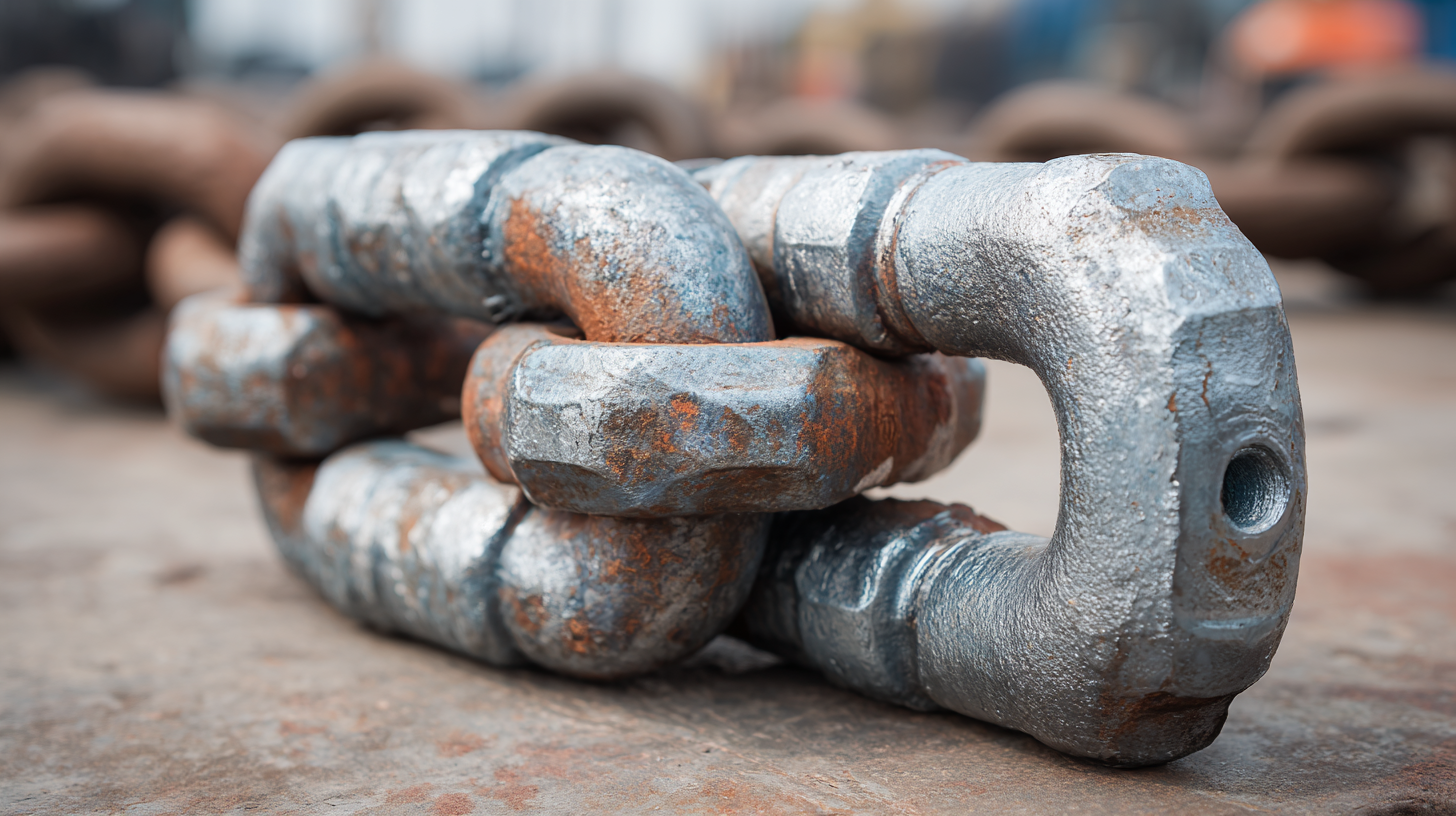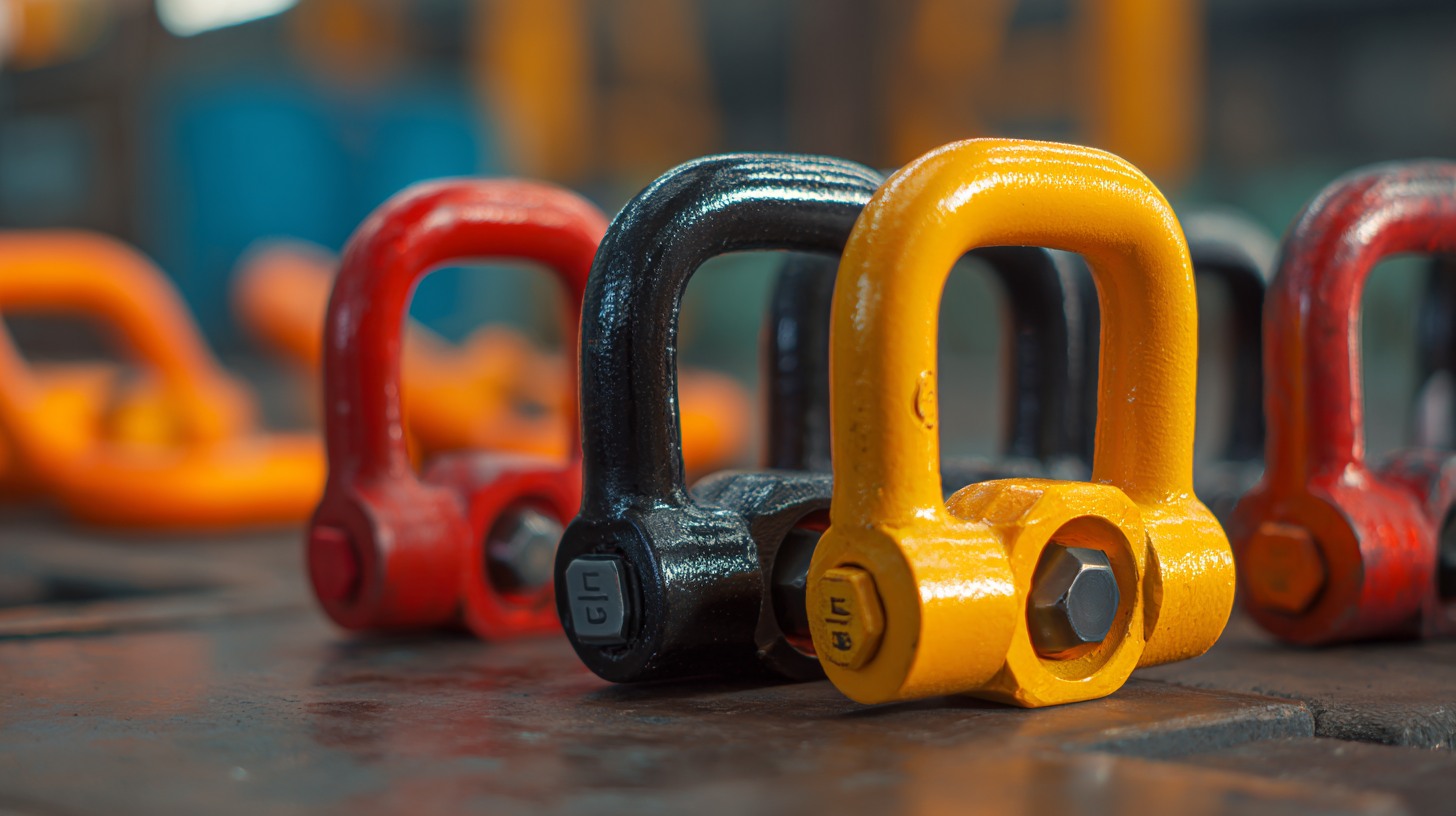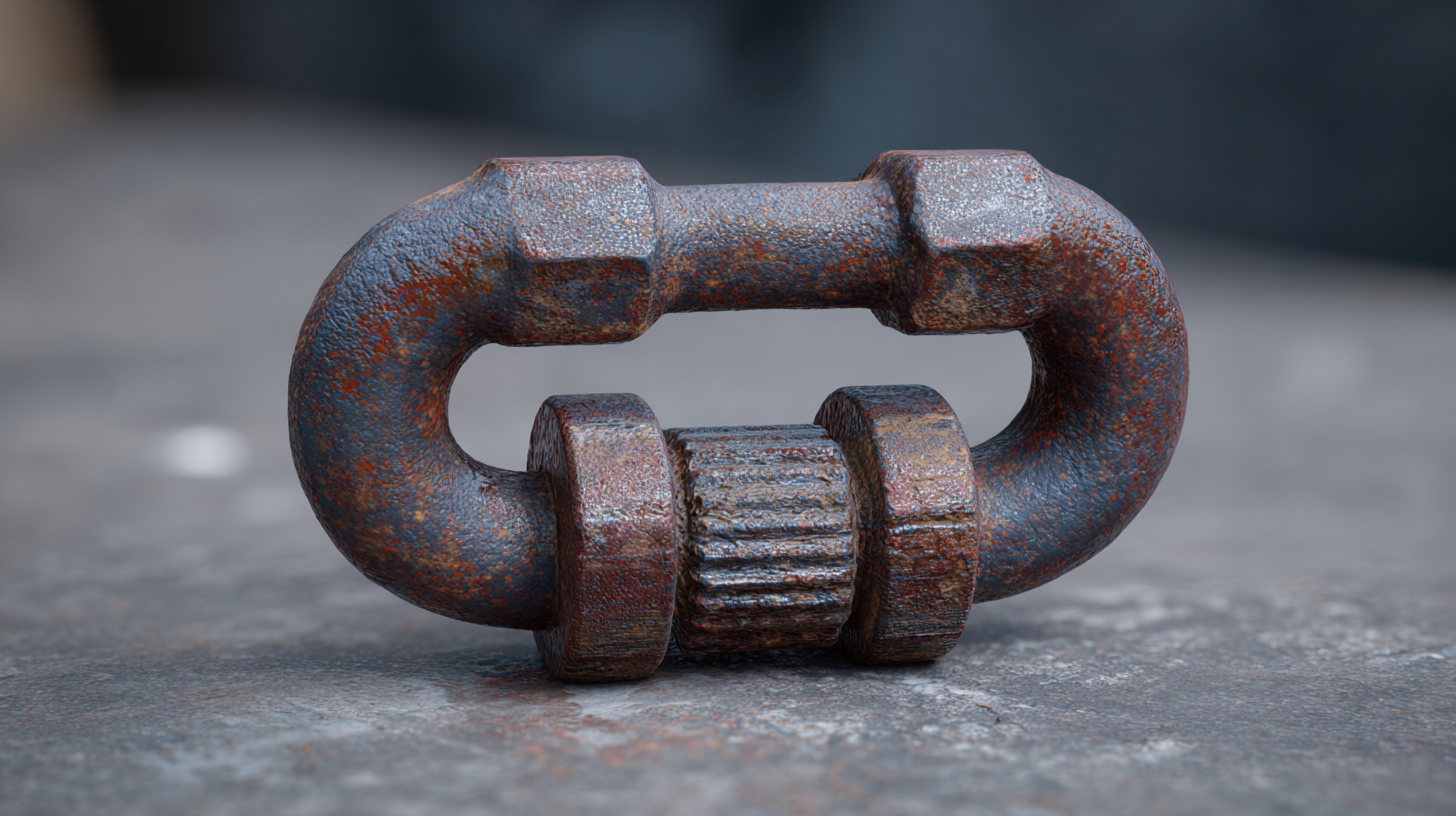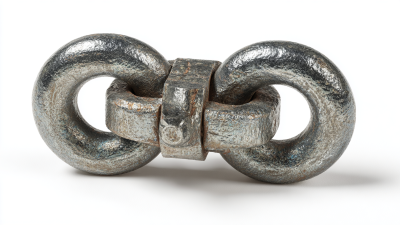In the realm of heavy-duty applications, the choice of equipment is crucial for ensuring safety and efficiency. One of the most reliable components in this sector is the Bolt Type Shackle. Renowned for their strength and durability, these shackles are specifically designed to withstand extreme loads and harsh environments. Unlike their pinned counterparts, Bolt Type Shackles offer a secure closure that minimizes the risk of accidental release, making them ideal for critical applications like lifting, rigging, and securing loads in transport. Their versatile design accommodates various attachments, while the bolted mechanism allows for easy inspection and maintenance, enhancing their longevity.

This guide will delve into the numerous advantages of using Bolt Type Shackles in heavy-duty scenarios, illustrating why they are preferred by professionals in industries ranging from construction to maritime operations.
Bolt type shackles are pivotal in ensuring enhanced load security, especially in heavy-duty applications where safety is paramount. Unlike traditional pin-type shackles, bolt type shackles have the advantage of a more robust connection due to their threaded design. This feature reduces the risk of accidental opening under high loads, which is often highlighted in industry reports. For instance, a recent study by the Occupational Safety and Health Administration (OSHA) indicates that load failures can be reduced by nearly 50% when using bolt type shackles compared to their pin counterparts in heavy lifting scenarios.
When considering the application of bolt type shackles, it is essential to ensure compatibility with the overall rigging system. Professionals advise replacing worn or damaged components immediately, as even slight deterioration can compromise load integrity. Additionally, always verify the shackle's load rating, and consider using a safety factor of 4:1 in critical applications, as reported by industry standards.
Tips: Always inspect bolt type shackles before use, paying attention to threads and any signs of wear. Use a locking mechanism, such as a cotter pin or safety clip, to ensure that the bolt cannot come loose during operation. Remember, regular maintenance and proper usage are crucial in maximizing the effectiveness of your rigging equipment.

When evaluating the utility of shackle types in heavy-duty applications, bolt type shackles stand out for their robust design and superior load handling capabilities. According to a study by the Lifting and Rigging Association, bolt type shackles can withstand up to 20% more load compared to standard D or snap shackles, making them a preferred choice for critical lifting operations. This enhanced resilience is primarily due to the bolted connection, which ensures that the pin remains secure and minimizes the risk of accidental release under extreme tension.
In contrasting bolt type shackles with other shackle types, it is crucial to consider safety and reliability metrics. Industry reports reveal that the failure rate of snap shackles can be up to 15%, attributable to unintentional opening mechanisms during loads. In contrast, bolt type shackles possess a fault tolerance that significantly mitigates this risk, with failure rates documented at around 3%. Moreover, their ability to be easily inspected and maintained further emphasizes their role in promoting safety in heavy-duty applications, reinforcing why many professionals in engineering and construction endorse their usage over alternatives.
When considering the installation of bolt type shackles in heavy-duty applications, adhering to specific guidelines is crucial for ensuring optimal performance. Bolt type shackles, known for their enhanced strength and reliability, provide a secure connection in environments where safety is paramount. Proper installation techniques, such as ensuring that the pin is tightened to the manufacturer's specifications and that the load is evenly distributed, significantly reduce the risk of failures. According to industry reports, improper installation can lead to a staggering 30% increase in failure rates, emphasizing the importance of following established protocols.
Additionally, selecting the right size and type of shackle for the application is vital. A shackle that is too small may not accommodate the required load, while an oversized shackle can introduce instability. Research indicates that using a bolt type shackle with a working load limit (WLL) appropriate to the task can enhance both safety and efficiency in heavy-duty settings. Inspections before and after use can also prevent accidents; approximately 15% of shackle failures are attributed to unseen damage that could have been detected through regular checks, highlighting the need for diligent maintenance practices in any heavy-duty application.
Maintaining and inspecting bolt type shackles is crucial for ensuring safety and efficiency in heavy-duty applications. According to a report by the Occupational Safety and Health Administration (OSHA), improper maintenance can lead to failure rates as high as 30% in lifting equipment. Regular inspection schedules should be established to check for signs of wear, deformation, or corrosion. It is recommended that shackles be inspected before each use and at least annually by a qualified professional.
**Tips:** Always clean shackles after each use to remove dirt or debris, which can hide cracks or other damage. Use a torque wrench to ensure that bolt fasteners are tightened to the manufacturer's specifications, as inadequate torque can result in reduced load capacity.
In addition to routine inspections, it’s critical to replace any shackles that exhibit significant wear or damage. The Lifting Equipment Engineers Association (LEEA) suggests using a shackle rated for at least 25% higher than the expected load to account for unexpected forces. This practice not only enhances safety but also extends the lifespan of the shackles in heavy-duty applications.
| Application Area | Advantages | Best Practices for Maintenance | Inspection Frequency |
|---|---|---|---|
| Construction | High load capacity, robust design | Clean regularly, check for rust | Monthly |
| Marine | Corrosion resistance, versatile use | Inspect for wear, lubricate threads | Bi-weekly |
| Aerospace | Lightweight, high strength | Verify torque settings, check for cracks | After each flight/test |
| Oil and Gas | Heavy-duty use, reliable under extreme conditions | Monitor for fatigue, replace when necessary | Every 6 months |
| Material Handling | Efficient load transfer, easy to connect/disconnect | Inspect hardware regularly, replace worn parts | Monthly |
Bolt type shackles are increasingly becoming the go-to choice in heavy-duty applications due to their robust design and reliability. In industries such="construction, marine, and heavy lifting, the demand for secure and durable connections is paramount. According to a report by the Occupational Safety and Health Administration (OSHA), proper rigging practices can prevent over 40% of workplace accidents involving heavy equipment. This highlights the importance of using reinforced hardware such as bolt type shackles to ensure the safety and efficiency of operations.

In the construction industry, for instance, bolt type shackles are vital for securing loads during lifting and transporting. They are capable of handling high tensile strengths, often rated for loads exceeding 25 tons, making them suitable for critical applications such as hoisting steel beams and heavy machinery. The Marine Safety Association also notes that these shackles provide improved resistance to environmental factors like corrosion, a crucial attribute when used in maritime conditions. As industries evolve, the integration of bolt type shackles guarantees operational excellence and safety, translating into enhanced productivity and reduced risk on job sites.






